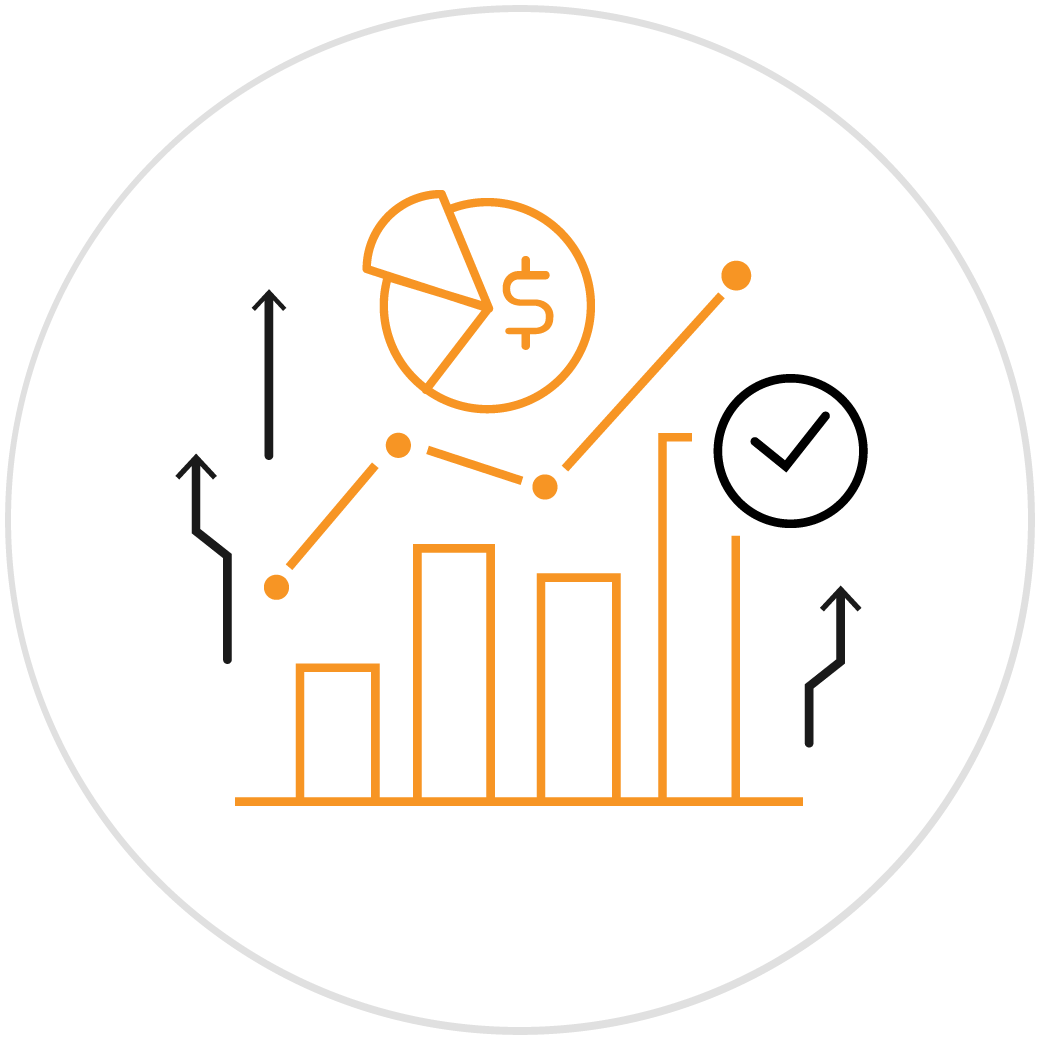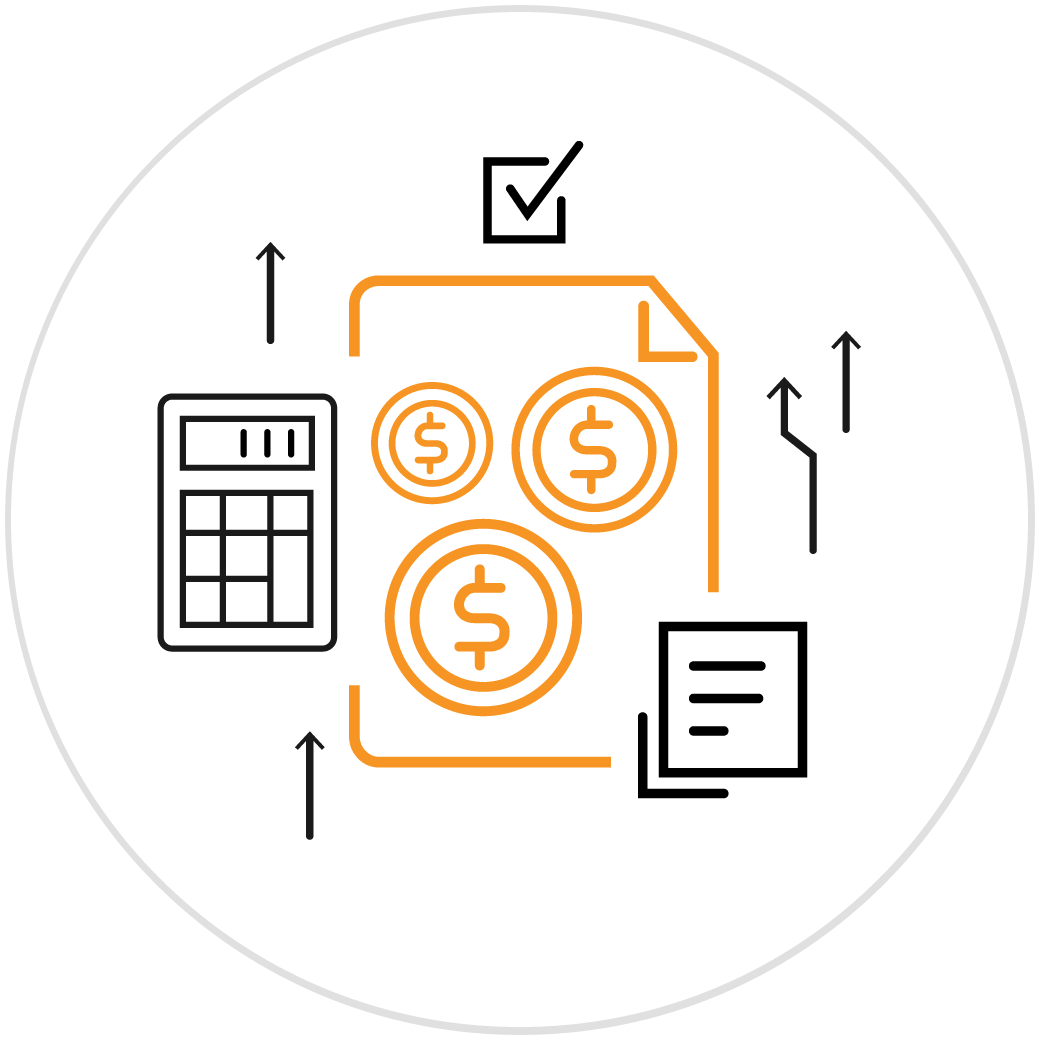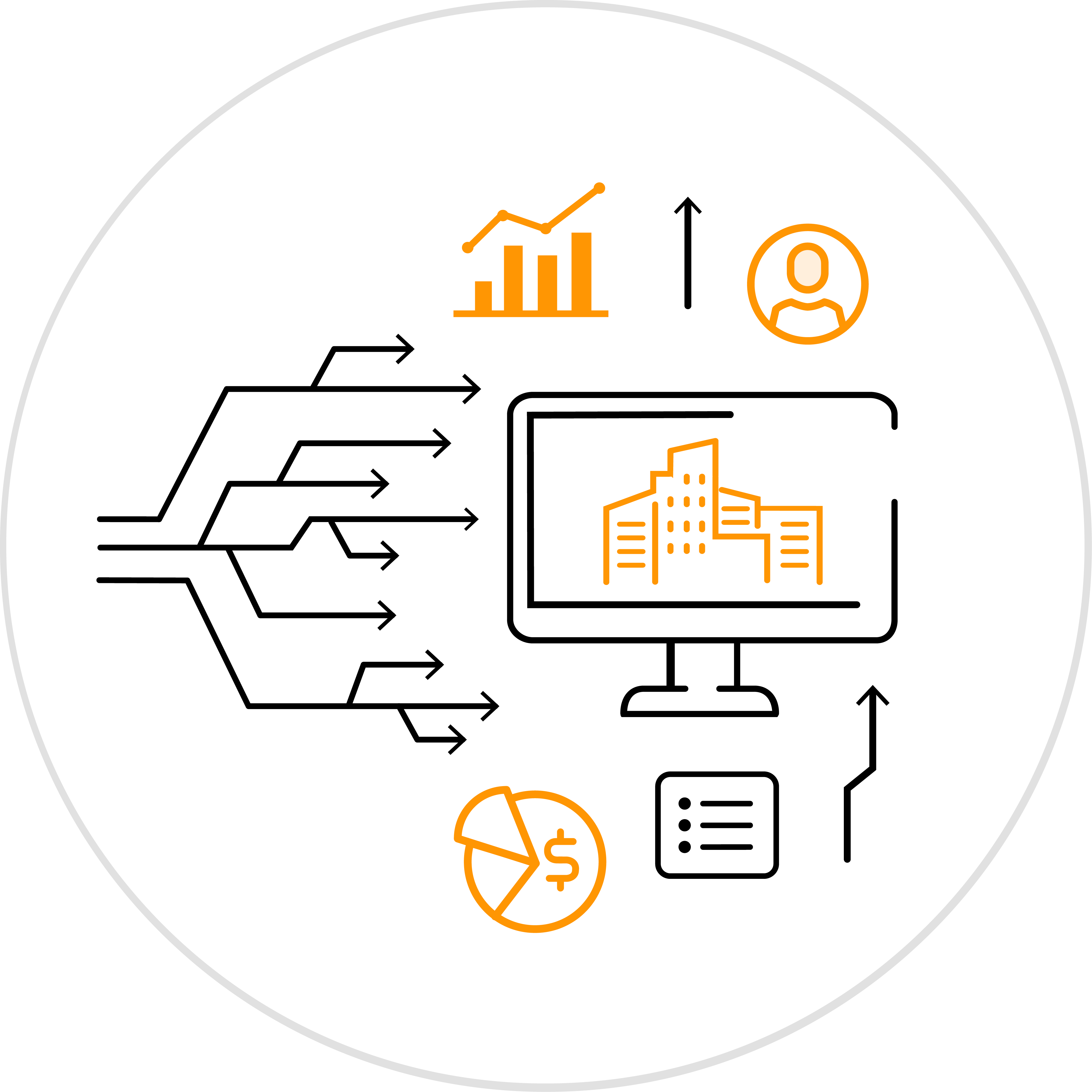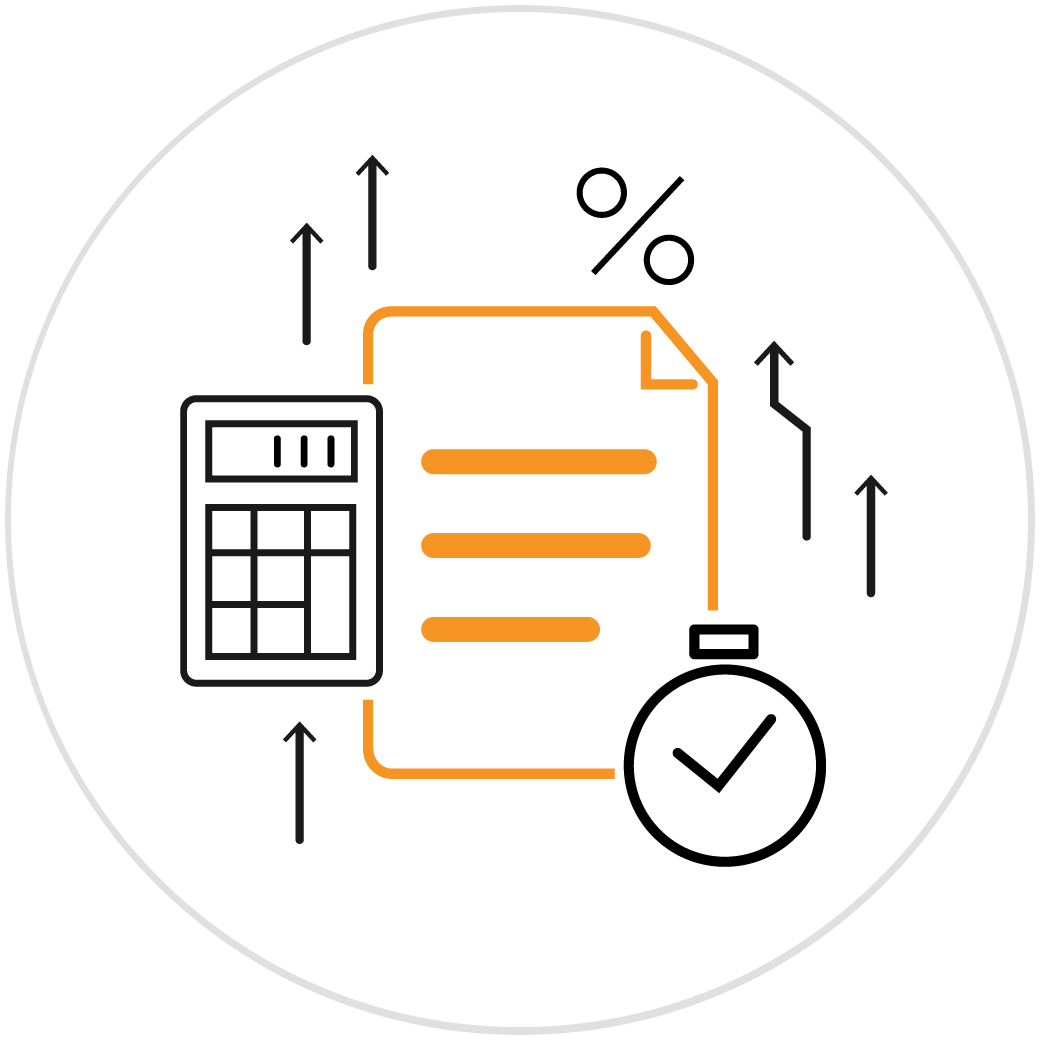-

The ASC 842 lease accounting standard, introduced by the Financial Accounting Standards Board (FASB), reshaped how organizations account for leases. A critical aspect of this standard is how it addresses lease remeasurements and modifications. This article aims to demystify these concepts, presenting them in an accessible manner suitable for a ninth-grade reading level, while providing practical examples to enhance understanding.
Understanding Lease Modifications and Remeasurements
Lease modifications and remeasurements under ASC 842 occur when there are changes to the lease agreement that alter the scope or the consideration (payment amounts) of the lease. These changes can significantly impact the financial statements of both lessees (the ones who lease the assets) and lessors (the ones who own the assets).
What is a Lease Modification?
A lease modification happens when the lessee and lessor agree to change the terms and conditions of the lease agreement. Modifications can include changes to the lease term, changes to the leased asset (like adding or subtracting assets), or changes to the lease payments.
What is a Lease Remeasurement?
Remeasurement is the process of adjusting the lease liability and right-of-use (ROU) asset on the balance sheet to reflect changes in the lease's terms or assessments. This can occur due to a lease modification, a change in the lease term (like exercising an extension option), or a change in the future lease payments (e.g., due to changes in an index or rate used to determine those payments).
-

Lease Modification Accounting
When a lease modification occurs, the lessee must determine if the modification should be accounted for as a separate contract or if it requires remeasurement of the existing lease liability and ROU asset. This determination depends on whether the modification grants the lessee an additional right of use not included in the original lease and if the lease payments increase commensurate with the standalone price for the additional right of use.
-

Separate Lease
If the modification grants an additional right of use at a price commensurate with its standalone price, the modification is accounted for as a separate lease. This means the lessee would recognize a new lease liability and ROU asset for the modification without adjusting the original lease.
-

Existing Lease Remeasurement
If the modification does not qualify as a separate lease, the lessee must remeasure the lease liability using the discount rate as of the modification date. The ROU asset is adjusted based on the change in the lease liability, and any difference is recorded in the income statement.
Modification and Remeasurement Journal Entries
When a lease modification is made under ASC 842, certain journal entries are required to reflect the changes in the financial statements accurately. These entries depend on whether the modification is treated as a separate lease or a remeasurement of the existing lease. For a modification that results in a remeasurement, the lessee needs to adjust both the lease liability and the right-of-use (ROU) asset on their balance sheet. The lease liability is adjusted to reflect the present value of the future lease payments, using the discount rate at the modification date. The corresponding entry to the ROU asset reflects the adjustment in the lease liability, and any difference between these adjustments is recognized in the income statement. For example, if the lease liability increases due to the modification, the ROU asset is increased by the same amount. If this adjustment leads to a decrease in the value of the ROU asset, any excess decrease is recognized as a loss in the income statement. Conversely, for modifications treated as separate leases, a new lease liability and ROU asset are recognized for the additional right of use granted by the modification, without altering the original lease's accounting. These journal entries ensure that the financial statements present the lease's current terms and conditions accurately, maintaining the integrity of financial reporting under ASC 842.
Examples of Lease Modifications and Remeasurements
Example 1. Lease Extension
A company extends the lease term of its office building without any changes to the lease payments relative to the current market rates. This extension is not considered a separate lease. The company must remeasure the lease liability using the revised lease term and adjust the ROU asset accordingly.
Example 2: Addition of Another Floor
Suppose a business leasing two floors in a building decides to lease an additional floor under the same lease agreement, with the lease payments increasing by an amount commensurate with the standalone price of leasing the additional floor. This would be treated as a separate lease for the additional floor, requiring recognition of a new lease liability and ROU asset.
Example 3: Change in Lease Payments
If the lease payments for an asset change due to a modification in the terms (e.g., an adjustment based on a new index or rate), the lessee must remeasure the lease liability using the updated lease payments and adjust the ROU asset accordingly. This adjustment reflects the new expectation of future lease payments.
Lease modifications and remeasurements under ASC 842 are critical aspects that require careful consideration by both lessees and lessors. They ensure that the financial statements accurately reflect the terms and conditions of lease agreements as they evolve over time. By understanding how to account for these changes, organizations can maintain compliance with ASC 842 and provide transparent reporting to stakeholders. Whether it's extending a lease, adding new assets, or adjusting lease payments, the way these modifications are accounted for has a significant impact on an organization's balance sheet and income statements. Through practical examples, we've seen how these adjustments are made, providing clarity to a complex process and ensuring organizations can navigate their lease accounting with confidence.
At iLeasePro, our leasing experts have worked with both ASC 840 and ASC 842 for years, and we understand the changes, the logic behind them, and why they’re important.
We can help explain them to you to make sure you get them right, and we can provide the right software products to help you record and implement the ASC 842 changes correctly.
To do this, you can call iLeasePro at 888-351-4605, or you can go to iLeasePro and access our excellent information about our software products and how they can help you with ASC 842. We’ll give you all the information you need to simplify the recording process and show you how to use it to improve your bottom line.
Let iLeasePro Simplify Your Lease Accounting
Schedule a DemoRelated: iLeasePro Free Trial, iLeaseXpress, iLeaseXpress Unlimited, ASC 842 Financial Reporting, ASC 842 Balance Sheet Reporting, ASC 842 Income Statement Reporting, ASC 842 Cash Flow Reporting, ASC 842 Statement of Shareholder Equity, ASC 842 Disclosure Notes, ASC 842 Management Discussion, ASC 842 Comprehensive Income, ASC 842 Glossary of Terms, ASC 842 Journal Entries, ASC 842 Software, When Is the ASC 842 Compliance Date, FASB Lease Accounting Software, Understanding the New FASB ASC 842 Lease Accounting Standard, How Does a Lease Balance Sheet Change After the New Standard?, Tracking Lease Details After ASC 842, Deferred Rent Explained Under the ASC 842, Guide to Lease Classification, Overview of Relevant Borrowing Rate, ASC 842 Footnote Disclosure, Lease Accounting, What Does Lease Accounting Software Do?, Key Features of A Lease Accounting Software, How to Never Miss Important Lease Dates, Scaling Your Lease Accounting Software to Your Business Needs, How to Select the Right Lease Solution, How to Set Up Lease Accounting Software, What is the Best Lease Accounting Software?, Overview of the Types of Leases, Equipment Lease Software, How the Right Lease Management Software Makes Equipment Leases Easier, Lease Tracking Software, How The Right Software Can Help You Manage Lease Data, Five Benefits of a SaaS Lease Management Solution, A Centralized Lease Portfolio Making Asset Management Easier, Lease Analysis 101, Lease Analysis: The Financial Metrics, Lease Abstraction, The Importance of Lease Abstraction for Lessees, The Lease Data an Abstract Should Include, What Software Do I Need for Lease Abstracting?, Navigating The ASC 842 Accounting Audit, Ultimate Lease Accounting Audit Checklist, Essential Guide To Engaging Auditors, Leveraging AI for Enhanced Year-End Audits Transitioning to the ASC 842 Standard Lease Document Management ASC 842 Short-Term Leases Practical Expedients Lease Variable Payments Embedded Leases Monitoring Critical Lease Dates Transportation - Navigate the ASC 842 The Impact of the ASC 842 on Regulatory Policies in Lease Management & Lease Accounting Integrating Lease Accounting into Your Month-End Closing Process The Modified Retrospective Approach in ASC 842 Determining the Incremental Borrowing Rate A CFO’s ASC 842 Lease Accounting Guide for Construction Companies
